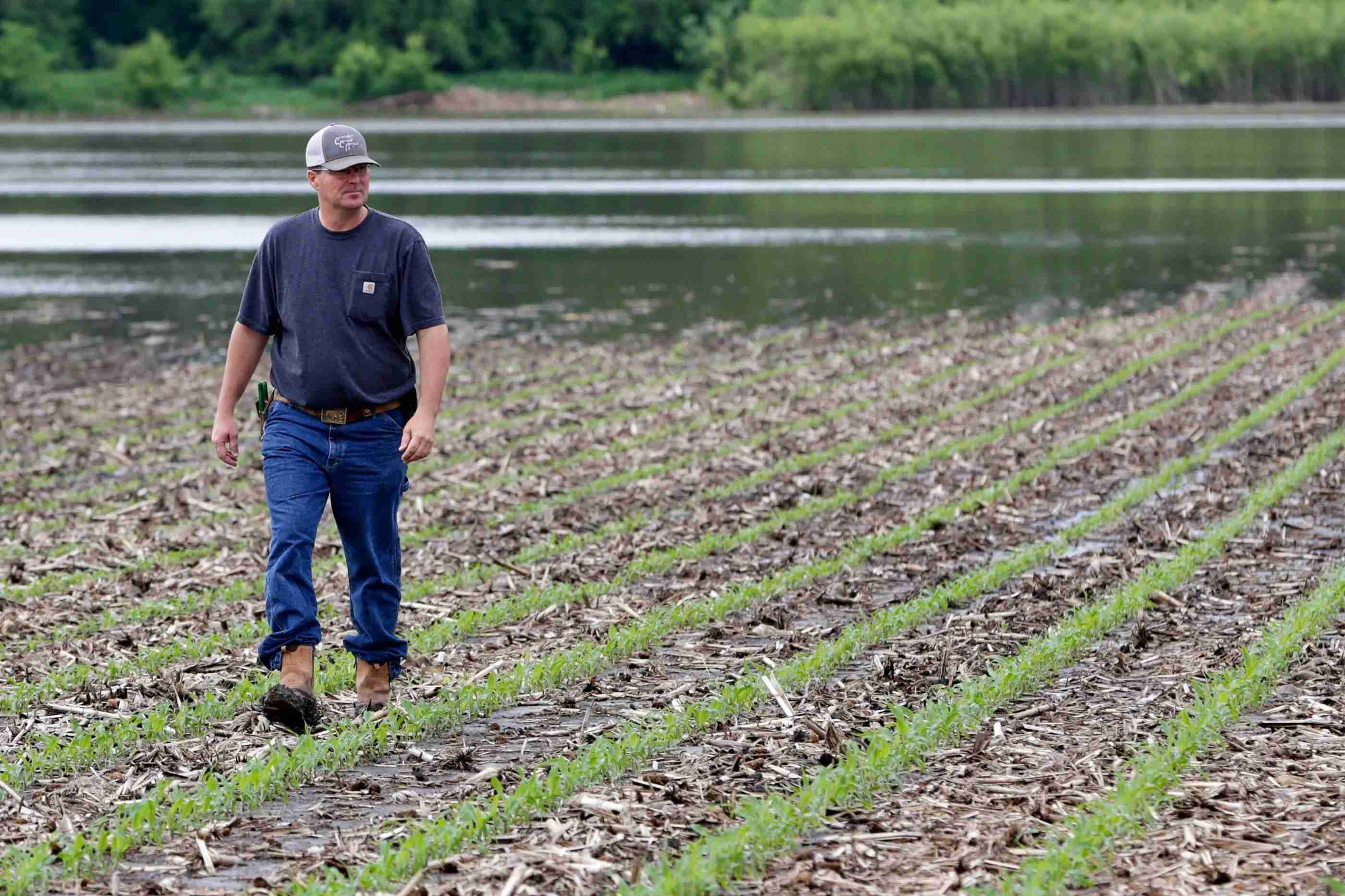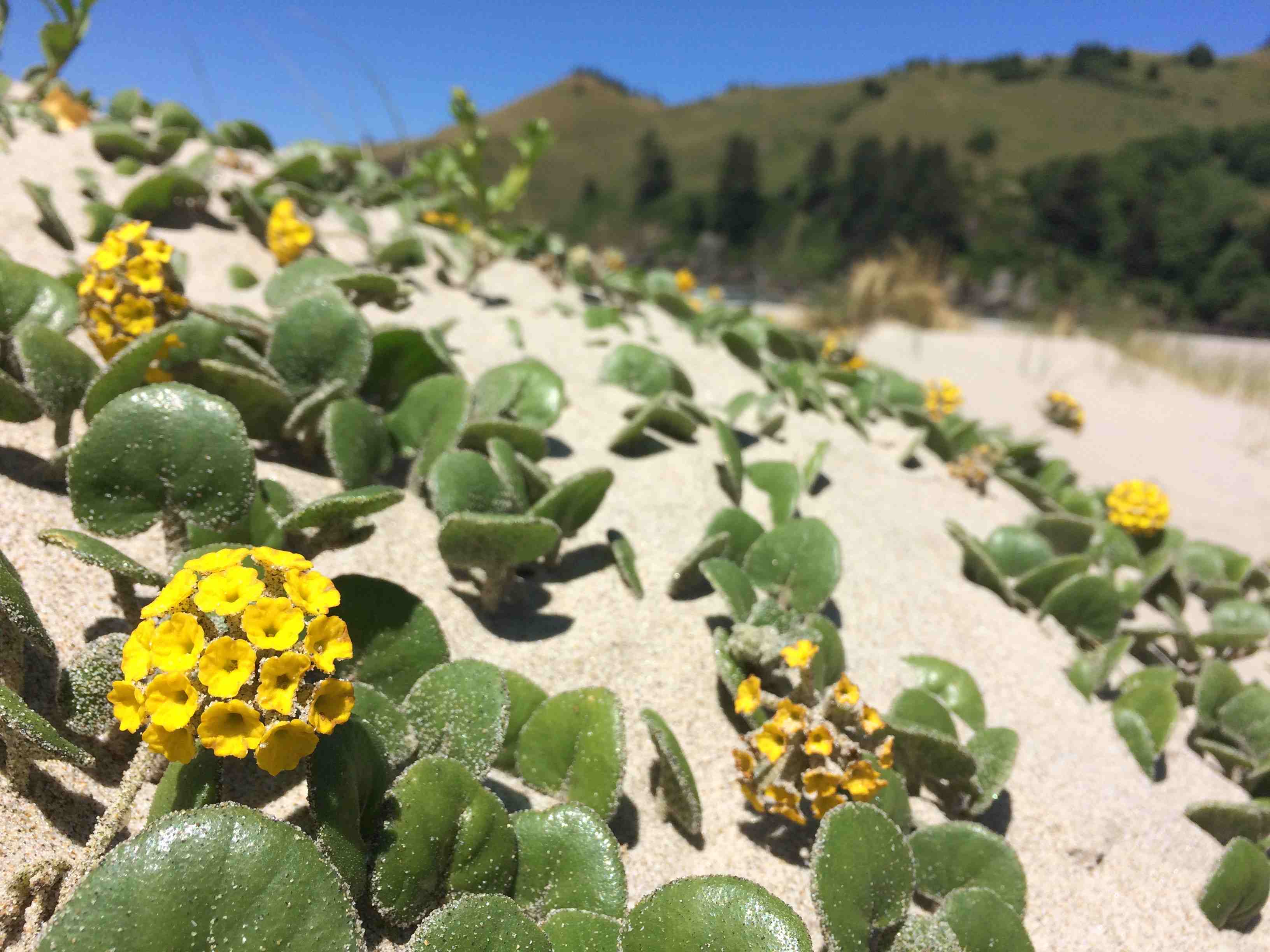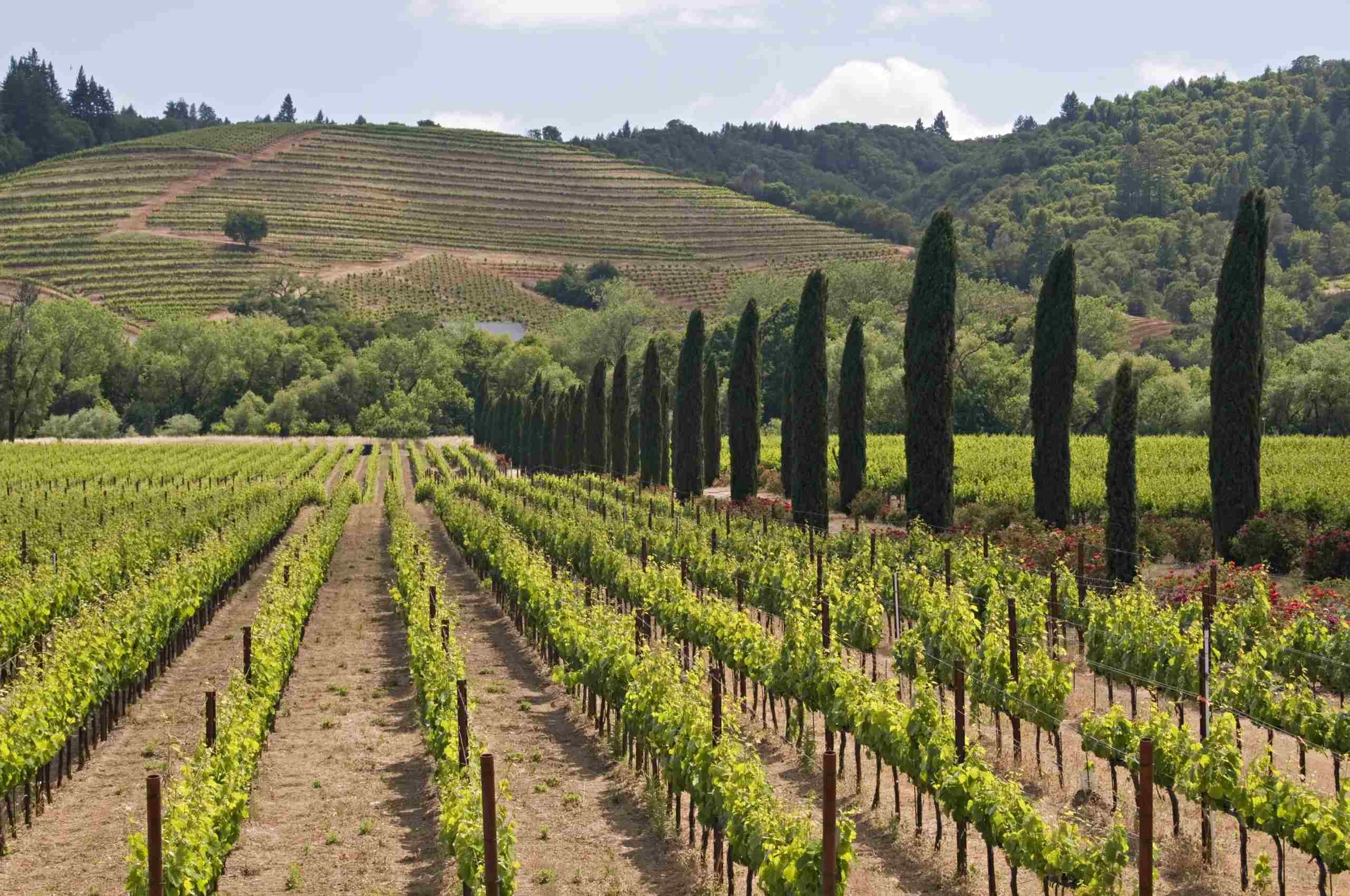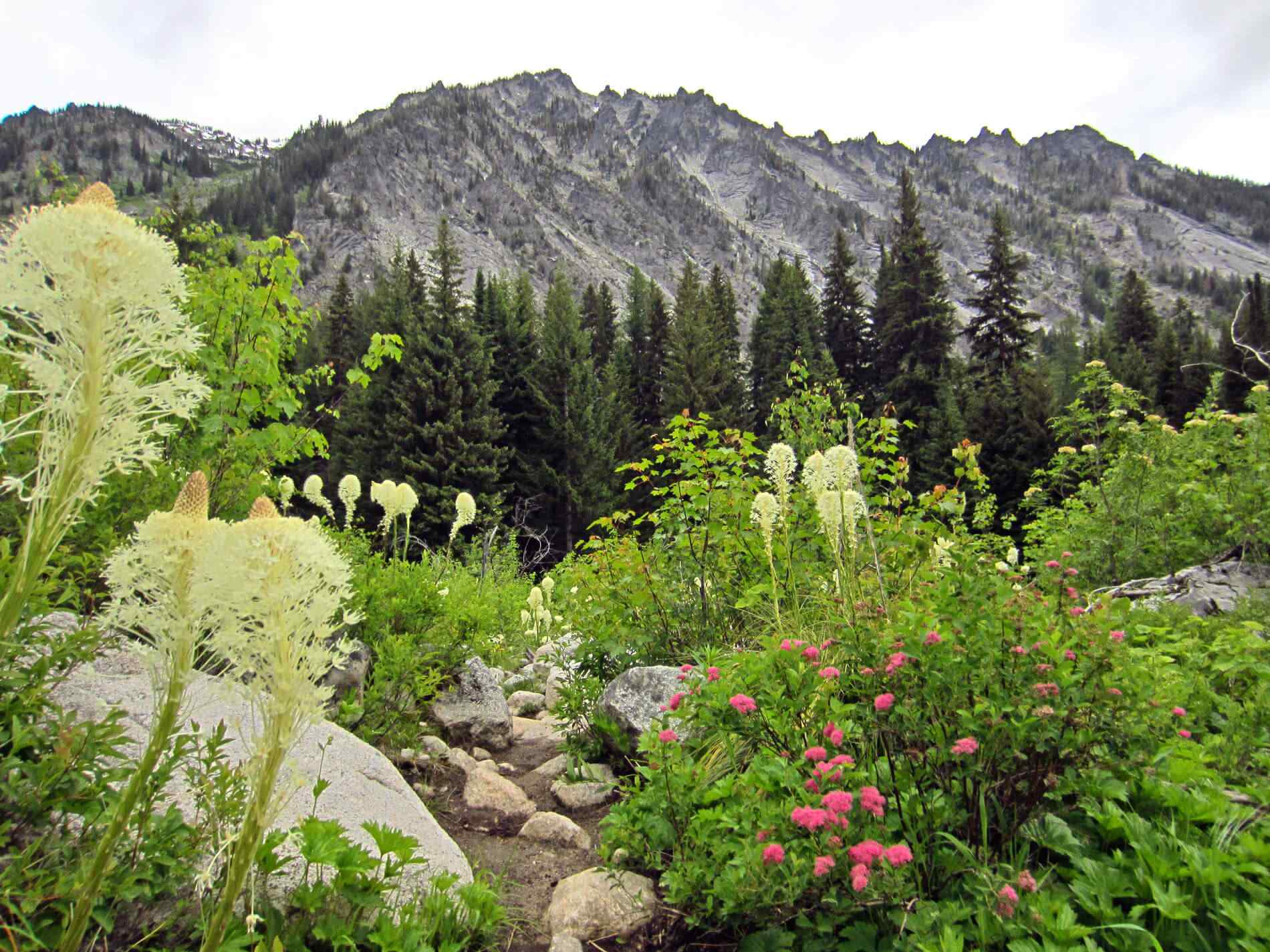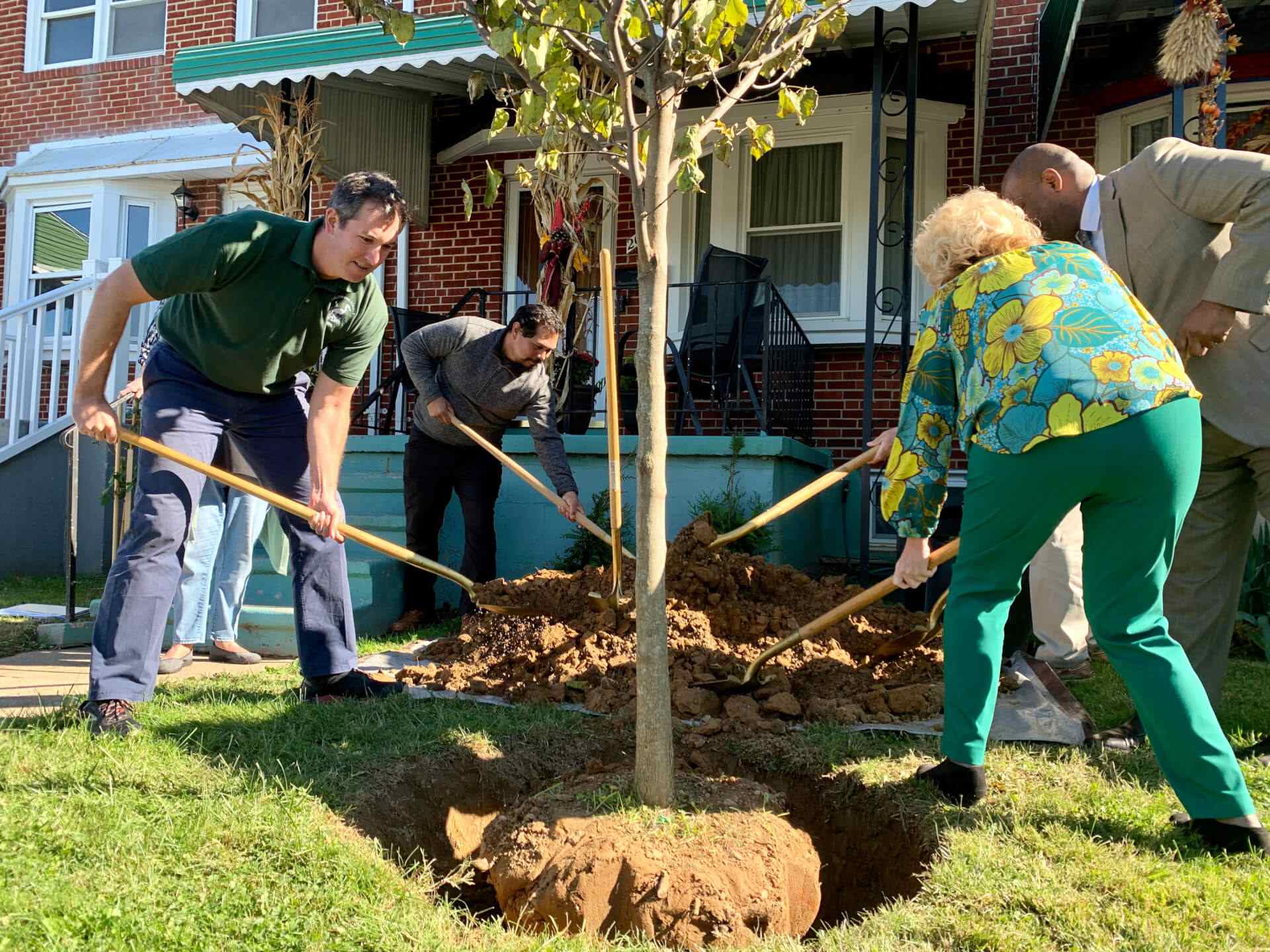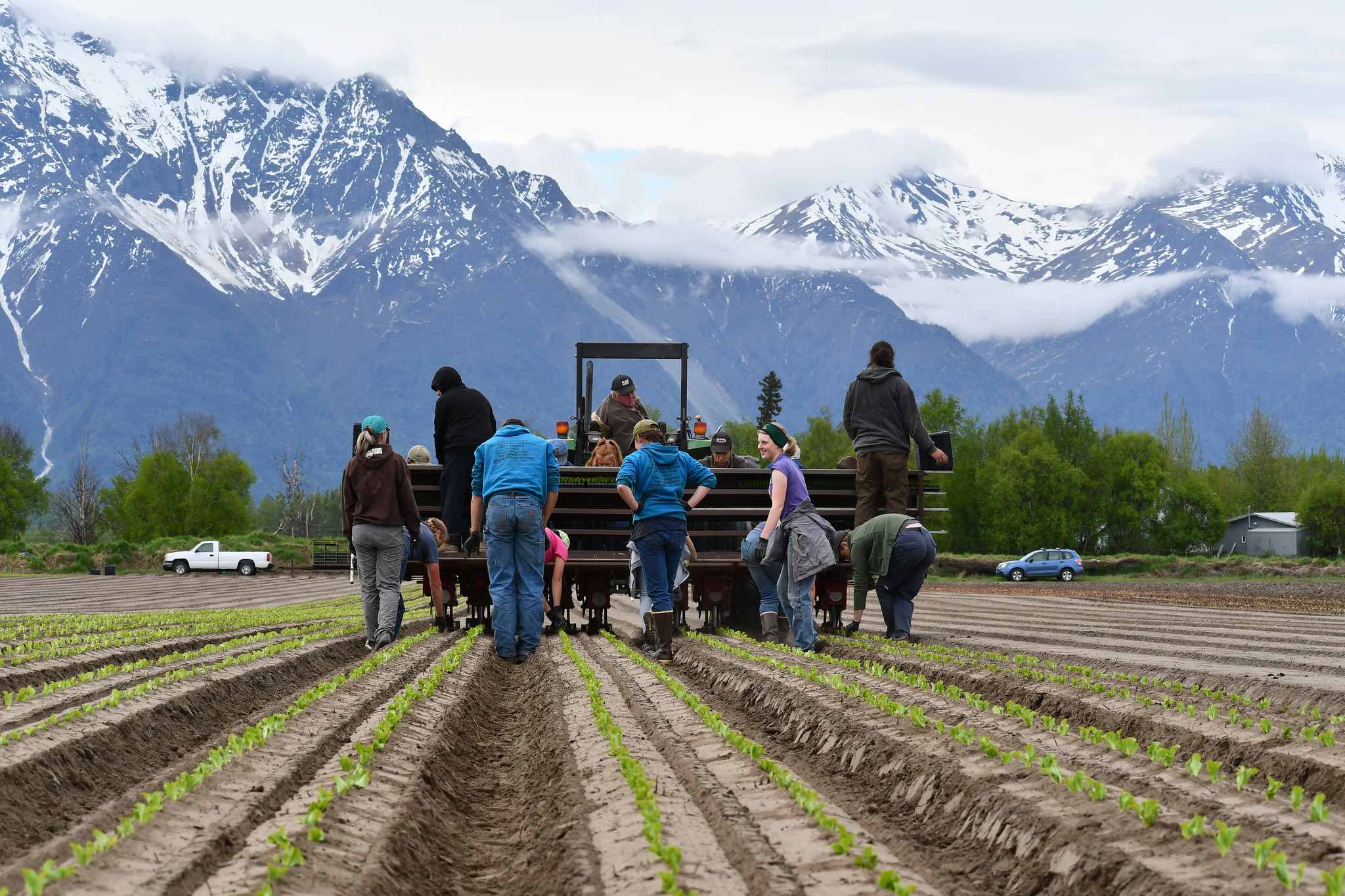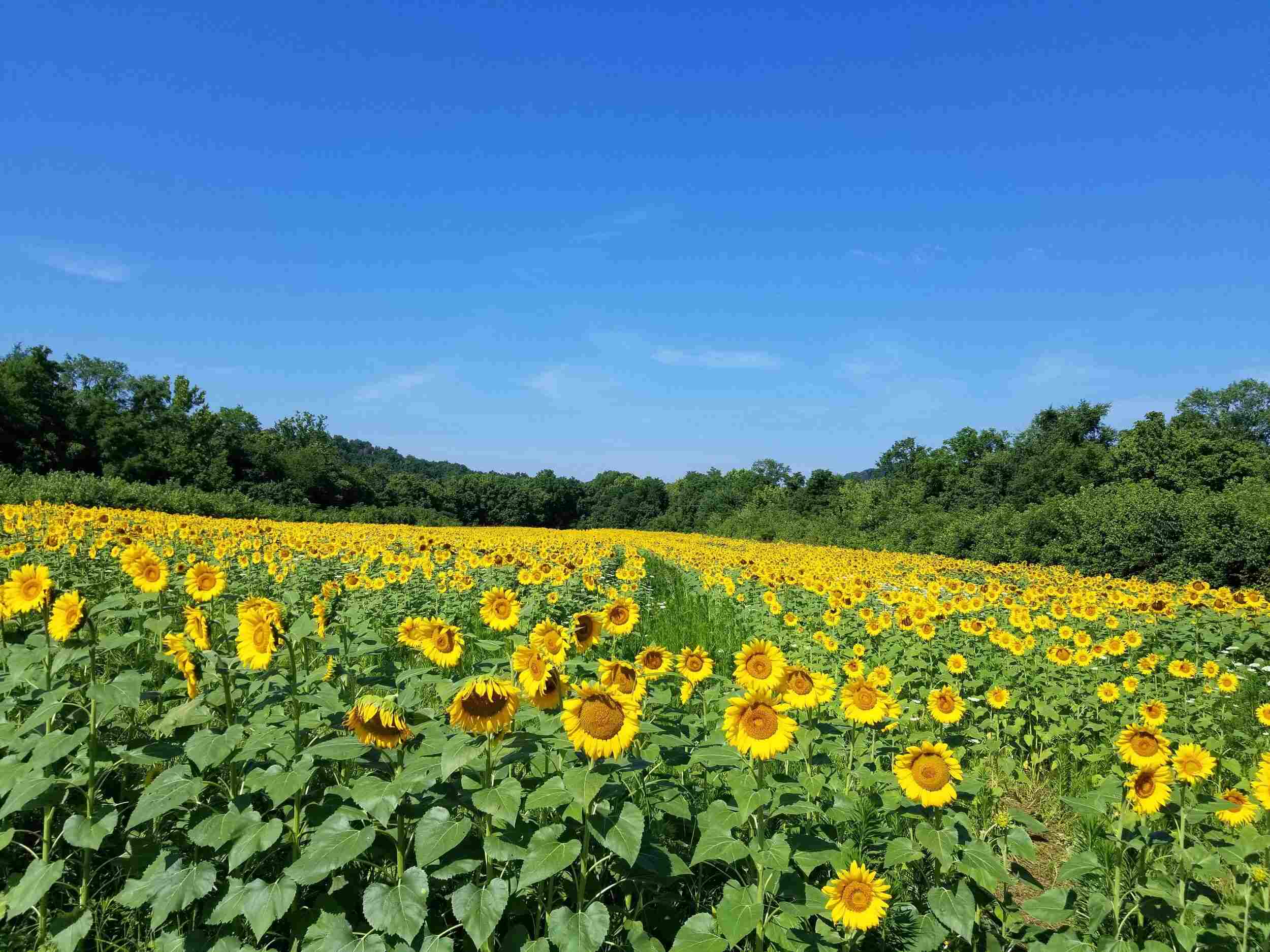Home>Gardening Basics>Understanding Soil>What Planting Zone Is Toledo Ohio
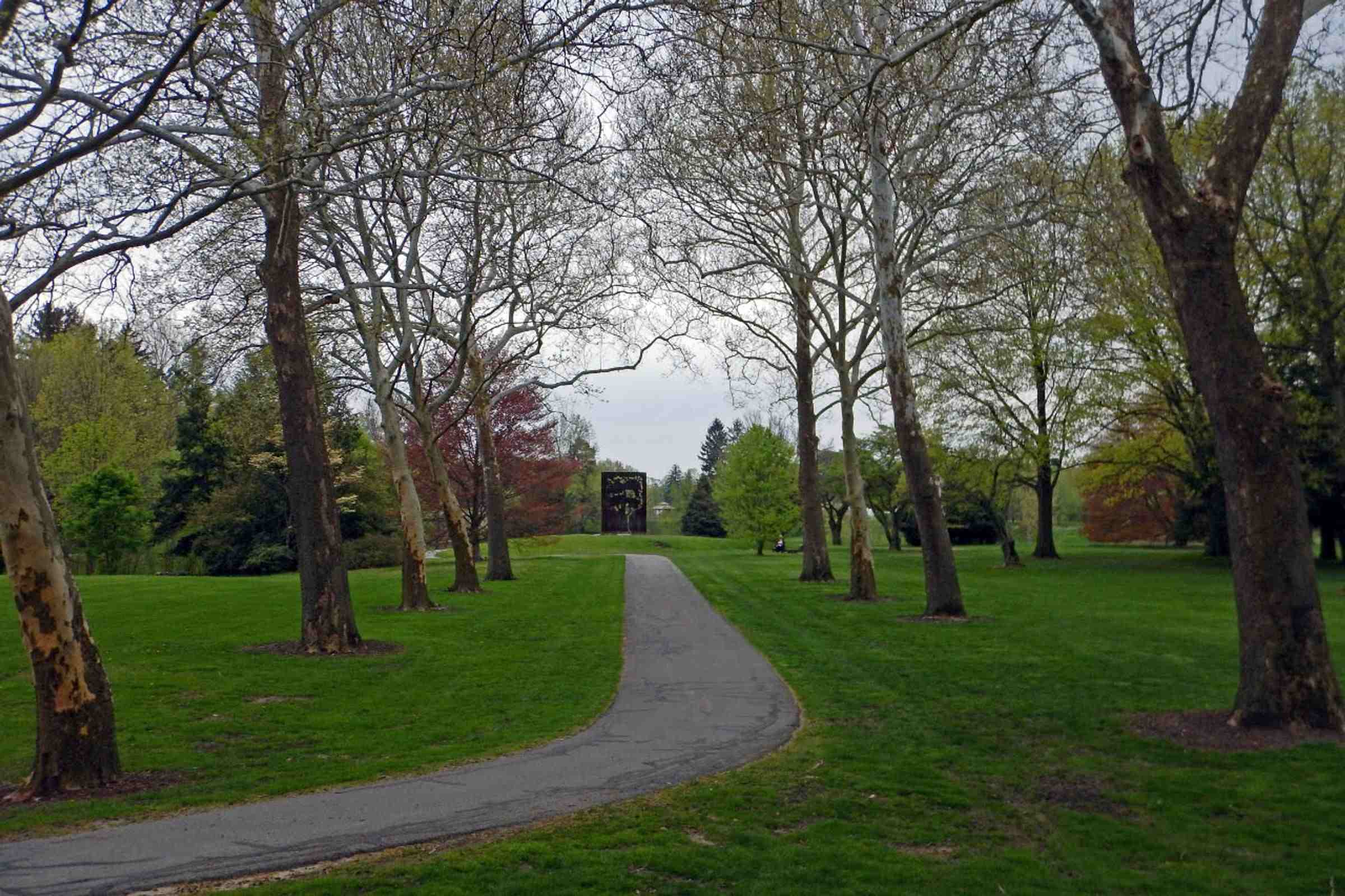

Understanding Soil
What Planting Zone Is Toledo Ohio
Modified: January 22, 2024
Learn more about understanding soil and find out what planting zone Toledo, Ohio falls under in this informative guide. Start planting with confidence!
(Many of the links in this article redirect to a specific reviewed product. Your purchase of these products through affiliate links helps to generate commission for Chicagolandgardening.com, at no extra cost. Learn more)
Table of Contents
Introduction
When it comes to gardening and landscaping, understanding planting zones is crucial for successful and sustainable growth. Planting zones provide valuable information about the specific climatic conditions of an area and help determine which plants are most likely to thrive there. Each zone has its own unique characteristics, including average temperature ranges and frost dates, which play a significant role in plant survival.
In this article, we will explore the concept of planting zones and focus specifically on Toledo, Ohio’s planting zone. Toledo, located in the northwestern part of the state, experiences a diverse range of weather conditions throughout the year. By understanding and considering Toledo’s specific planting zone, gardening enthusiasts and landscapers can effectively select plants that are well-suited to the area’s climate.
Whether you are a seasoned gardener or just starting out, the information provided in this article will equip you with the knowledge needed to make informed decisions about what to plant in Toledo, Ohio. By selecting appropriate plants for the region, you can create a beautiful and thriving garden that enhances the aesthetic appeal of your outdoor space.
Understanding Planting Zones
Planting zones, also known as hardiness zones, are geographical areas that are categorized based on their average annual minimum temperature. The United States Department of Agriculture (USDA) developed the Plant Hardiness Zone Map, which divides the country into different zones. This valuable tool assists gardeners in selecting plants that are most likely to survive and thrive in their specific area.
The zones are numbered from 1 to 13, with zone 1 being the coldest and zone 13 being the hottest. Each zone is further divided into subzones, indicated by a letter, to provide more detailed information about the climate. For example, zone 5a is colder than zone 5b.
Plant hardiness zones are based on the average annual extreme minimum temperature over a 30-year period. The zones take into account factors such as winter lows, frost dates, and temperature fluctuations to accurately represent the climate of a specific area.
Understanding planting zones is essential because plants have specific temperature requirements for survival. Different plants have different levels of cold tolerance, heat tolerance, and optimum temperature ranges. By selecting plants that are suitable for your planting zone, you can increase their chances of survival and ensure optimum growth.
It is important to note that while planting zones provide valuable guidance, they are not the only factor to consider when selecting plants. Other factors, such as soil type, sunlight exposure, rainfall, and wind conditions, should also be taken into account to create a successful garden or landscape.
Plant Hardiness Zones Explained
Plant hardiness zones are a standardized system developed to help gardeners and growers understand the specific climate conditions of a particular area and select plants that are most likely to thrive there. The zones are based on the average annual minimum temperature, which is crucial in determining a plant’s ability to withstand cold temperatures.
The United States Department of Agriculture (USDA) created the Plant Hardiness Zone Map, which divides the country into 13 zones. Each zone represents a 10-degree Fahrenheit range of minimum temperatures. The map is regularly updated to reflect changes in temperature patterns.
In addition to the main zones, the Plant Hardiness Zone Map also includes subzones, indicated by letters. These subzones further refine the classification and provide more detailed information about the climate within a specific zone. For example, zone 5a is colder than zone 5b.
It’s important to note that the plant hardiness zones are designed for gardeners and growers in the United States, providing accurate and reliable information about temperature conditions. Other countries may have their own hardiness zone maps, tailored to their unique climate patterns.
By referring to the plant hardiness zone for your specific area, you can determine which plants are most likely to survive and thrive in your garden or landscape. Each plant has a recommended hardiness zone range, indicating the minimum and maximum zones in which it can grow successfully.
However, it’s important to remember that the plant hardiness zones are just one piece of the puzzle when it comes to selecting plants. Other factors such as rainfall patterns, humidity levels, and soil conditions also need to be taken into account. It’s advisable to consider the entire range of a plant’s environmental requirements to ensure its success in your specific location.
By understanding and utilizing the plant hardiness zone system, you can make informed decisions about which plants to choose, leading to a more successful and thriving garden or landscape.
Factors Determining Planting Zones
Planting zones are determined by multiple factors that influence the climate and growing conditions of a particular area. These factors help gardeners and growers understand the unique characteristics and limitations of their region, enabling them to select plants that are well-suited to the local environment. Here are some of the key factors that determine planting zones:
- Latitude: The latitude of a location plays a significant role in determining its climate and subsequent planting zone. Areas closer to the equator tend to be warmer and have longer growing seasons, while those nearer to the poles experience cooler temperatures.
- Elevation: The elevation of a region affects its climate by influencing temperature and precipitation patterns. Higher elevations are generally cooler, with shorter growing seasons, while lower elevations have milder climates and longer growing periods.
- Proximity to water bodies: Locations near large bodies of water, such as oceans or lakes, tend to have milder climates due to the moderating effects of the water. These areas often experience less extreme temperatures, resulting in a more favorable growing environment.
- Prevailing wind patterns: Wind patterns can significantly impact the climate of an area. Certain wind patterns, such as coastal winds or prevailing winds from specific directions, can bring cooler or warmer air, affecting the overall temperature and suitability for different plant species.
- Topography: The physical features of the land, including mountains, valleys, and slopes, can create microclimates within a region. These microclimates may have distinct temperature and moisture conditions, influencing the types of plants that can grow successfully in specific areas.
- Annual precipitation: The amount and distribution of rainfall throughout the year greatly influence the availability of water for plant growth. Areas with higher rainfall tend to support more vegetation, while regions with lower precipitation may require plants with drought-tolerant characteristics.
Each of these factors contributes to the overall climate and growing conditions of a particular region, determining its planting zone. By considering these factors and understanding how they interact, gardeners and growers can make informed decisions about plant selection and cultivation practices, optimizing their chances of success and creating thriving gardens and landscapes.
Planting Zone for Toledo, Ohio
Toledo, Ohio is located in planting zone 6a according to the United States Department of Agriculture (USDA) Plant Hardiness Zone Map. This means that the average annual minimum temperature in Toledo ranges from -10 to -5 degrees Fahrenheit (-23 to -20 degrees Celsius).
Being in zone 6a, Toledo experiences cold winters with the potential for sub-zero temperatures. This influences the types of plants that can thrive in the area, as they need to be able to withstand the winter cold and potential frost.
However, Toledo also enjoys a moderate climate during the summer, with average high temperatures ranging from the mid-70s to the low 80s Fahrenheit (around 24 to 28 degrees Celsius). This allows for a long growing season and the potential to cultivate a wide variety of plants.
Some plants that are well-suited to planting zone 6a in Toledo, Ohio include:
- Roses: Hardy varieties of roses can withstand the cold temperatures of the winter and bloom beautifully in the summer months.
- Perennials: There are many perennial flowers and plants that can thrive in zone 6a, such as coneflowers, daylilies, and salvia.
- Vegetables: Cool-season vegetables like broccoli, cabbage, and lettuce can be grown in the early spring, while warm-season vegetables like tomatoes, peppers, and cucumbers can be planted in the late spring for a productive summer harvest.
- Shrubs: Shrubs like hydrangeas, azaleas, and lilacs can add color and texture to Toledo gardens.
- Herbs: Many herbs, such as parsley, rosemary, and thyme, can be grown successfully in Toledo’s planting zone.
It’s important to keep in mind that while Toledo is classified as zone 6a, there may be microclimates within the city that differ slightly due to topography, proximity to water bodies, or other factors. It’s always a good idea to monitor local weather conditions and assess your specific location when selecting plants.
By understanding Toledo’s planting zone and selecting plants that are well-suited to the region, gardeners in Toledo can create visually stunning landscapes and bountiful gardens that thrive in the local climate.
Climate and Weather Conditions in Toledo, Ohio
Toledo, Ohio experiences a humid continental climate, characterized by four distinct seasons with varying temperatures and precipitation patterns. Understanding the climate and weather conditions of Toledo is essential for successful gardening and landscaping in the area.
Summers in Toledo are typically warm and humid, with average high temperatures ranging from the mid-70s to low 80s Fahrenheit (around 24 to 28 degrees Celsius). Heatwaves can occur, with sporadic periods of hot and humid weather, making it important to choose plants that can handle these conditions.
During the winter months, Toledo experiences cold temperatures with average lows ranging from the mid-teens to mid-20s Fahrenheit (-9 to -4 degrees Celsius). Sub-zero temperatures are not uncommon, especially during the coldest months. Snowfall is frequent and can accumulate throughout the winter season.
Spring and autumn bring mild and transitional weather to Toledo. Spring can be unpredictable, with fluctuating temperatures and occasional frost. Autumn is characterized by cooler temperatures and vibrant fall foliage.
Precipitation is fairly evenly distributed throughout the year in Toledo, with an average annual rainfall of around 34 inches (86 cm) and snowfall of about 37 inches (94 cm) per year. Rain showers are common, and thunderstorms can occur during the warmer months.
Wind is also a factor to consider in Toledo, as the city is located near Lake Erie. The lake-effect can influence weather conditions, including increased cloud cover and lake-enhanced snowfall during the winter months. Strong winds can occur at times, affecting plant growth and potentially causing damage.
When planning a garden or landscape in Toledo, it is important to choose plants that are well-adapted to the region’s climate and can withstand the temperature extremes and precipitation patterns. Plants that can tolerate both the cold winters and hot summers will have the best chance of thriving in Toledo’s climate.
By understanding the climate and weather conditions of Toledo, Ohio, gardeners and landscapers can make informed decisions about plant selection, timing of planting, and appropriate maintenance practices, ultimately leading to successful and visually appealing outdoor spaces.
Types of Plants Suitable for Toledo, Ohio
Toledo, Ohio’s planting zone and climate conditions offer a diverse range of plants that can thrive in the area. Here are some types of plants that are well-suited for Toledo’s climate:
- Native Plants: Choosing native plants is a great way to ensure their adaptability to Toledo’s climate. Native plants have evolved to tolerate the specific conditions of the region and require less maintenance. Some native plants suitable for Toledo include Ohio goldenrod, purple coneflower, black-eyed Susan, and eastern redbud.
- Perennials: Perennial plants are a great addition to any Toledo garden. They come back year after year and offer a variety of blooms and foliage. Options include perennial geraniums, hostas, astilbes, and daylilies.
- Shrubs and Trees: Toledo’s climate allows for the growth of a wide range of shrubs and trees. Consider planting shrubs such as hydrangeas, azaleas, spirea, and juniper. For trees, options like maple, oak, redbud, and flowering dogwood can enhance the beauty of your landscape.
- Vegetables and Herbs: Toledo’s growing season allows for a variety of vegetables and herbs to flourish. Cool-season vegetables like lettuce, radishes, and broccoli can be planted in the early spring, while warm-season vegetables like tomatoes, peppers, and cucumbers can be started in the late spring for a bountiful summer harvest. Popular herbs for Toledo include parsley, basil, mint, and thyme.
- Annual Flowers: Annual flowers provide vibrant colors and can be added to your garden beds or containers. Marigolds, petunias, impatiens, and zinnias are excellent choices for adding seasonal charm and beauty to your Toledo garden.
- Fruit Trees: For those interested in growing fruit, Toledo offers suitable conditions for a variety of fruit trees. Consider planting apple, cherry, peach, or plum trees, ensuring they are appropriate for the specific hardiness zone and have sufficient space for growth.
When selecting plants for your Toledo garden, it’s important to consider factors such as sunlight exposure, soil conditions, and water requirements. Some plants may prefer full sun, while others thrive in partial shade. Additionally, soil should be well-drained and amended with organic matter to provide the best growing conditions for your chosen plants.
By choosing plants that are well-suited to Toledo’s climate and considering their specific requirements, you can create a beautiful and thriving garden that enhances the natural beauty of the area and brings joy throughout the seasons.
Tips for Gardening in Toledo’s Planting Zone
Gardening in Toledo’s planting zone requires some considerations and adjustments to ensure successful growth and maintenance of your plants. Here are some helpful tips to keep in mind when gardening in Toledo, Ohio:
- Select Suitable Plants: Choose plants that are well-adapted to Toledo’s planting zone and climate. Consider native plants and those that have proven to be successful in the area, as they are more likely to thrive in the specific conditions of the region.
- Timing Matters: Pay attention to the timing of planting. Start cool-season vegetables in early spring, while warm-season vegetables can be planted in late spring. Planting at the right time will give your plants a head start and provide them with optimal growing conditions.
- Soil Preparation: Prepare your soil before planting. Test the pH level of your soil and ensure it is well-drained. Amend the soil with organic matter, such as compost, to improve fertility and provide a healthy growing environment for your plants.
- Watering: Water your plants regularly, especially during dry periods. Aim for deep watering to encourage deep root growth and help plants withstand periods of drought. Consider using mulch to help retain soil moisture and reduce weed growth.
- Weeding and Pest Control: Stay vigilant with weed control to minimize competition for resources. Regularly inspect your plants for any signs of pests or diseases, and take appropriate measures to control and treat them, if necessary.
- Protect From Extreme Weather: Be prepared to protect your plants from extreme weather conditions, such as frost or heatwaves. Use frost blankets or row covers to protect tender plants during cold snaps, and provide shade or temporary cover during heatwaves.
- Regular Maintenance: Regularly maintain your garden by pruning, deadheading flowers, and removing any diseased or damaged plant parts. This will keep your plants healthy and promote proper growth.
- Continual Learning: Keep learning and experimenting with different plants and techniques. Gardening is a continuous learning process, and by trying new plants and methods, you can improve your skills and expand your palette of plants suitable for Toledo’s planting zone.
Don’t forget to enjoy the process of gardening and appreciate the beauty that your plants bring to your outdoor space. By following these tips, you can create a thriving and visually appealing garden that reflects the unique characteristics of Toledo, Ohio’s planting zone.
Conclusion
Gardening in Toledo, Ohio’s planting zone offers a diverse range of opportunities to create beautiful and thriving outdoor spaces. By understanding the specific planting zone, climate, and weather conditions of Toledo, gardeners and landscapers can make informed decisions about plant selection and cultivation practices, increasing their chances of success.
Choosing plants that are well-suited to Toledo’s planting zone, such as native plants, perennials, shrubs, and trees appropriate for the area, ensures that they can withstand the temperature extremes and overall climate conditions. Additionally, timing and soil preparation are important factors to consider when establishing a garden in Toledo.
Maintaining proper watering, pest control, and regular maintenance practices will contribute to the health and vitality of your plants. Protecting plants from extreme weather conditions, such as frost or heatwaves, and continually learning and experimenting with different plants and techniques further enhance your gardening experience.
Whether you are a beginner gardener or a seasoned enthusiast, Toledo’s planting zone provides ample opportunities for creativity and enjoyment. By embracing the unique characteristics of the region and selecting plants that thrive in Toledo’s climate, you can create a visually stunning and sustainable garden that brings joy throughout the seasons.
Remember, gardening is a continuous learning process, and each year presents new opportunities and challenges. Embrace the journey, celebrate successes, and learn from failures to refine your skills and create a garden that reflects your personal style and the beauty of Toledo’s planting zone.
